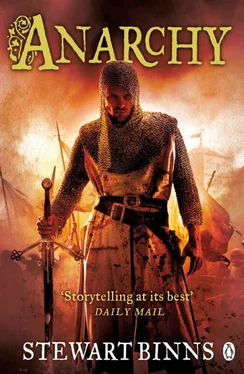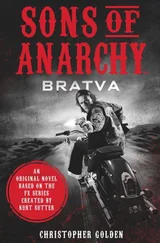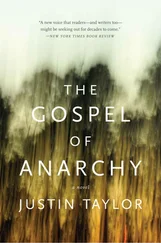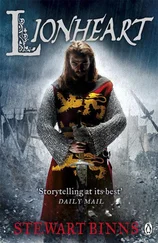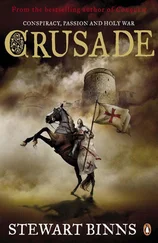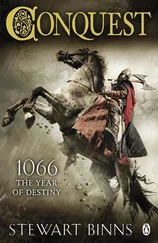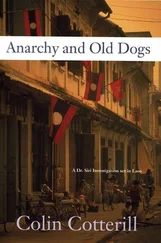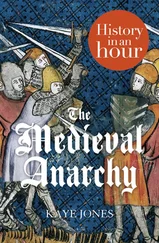CHIGNON
A female hairstyle that can be traced back to antiquity, where the hair is swept back from a central parting and tied in a loosely folded bun at the back of the head.
CHURCHWRIGHT
A church builder or architect.
CLOTH OF GOLD
Cloth of gold is a fabric woven with a gold-wrapped or spun weft. In most cases, the core yarn is silk wrapped with a band or strip of high-content gold. In rarer instances, fine linen and wool are used as the core. It is mentioned on both Roman headstones for women and in the Book of Psalms as a fabric befitting a princess. The Ancient Greek reference to the Golden Fleece is thought to be a reference to gold cloth. Cloth of gold has been popular for ecclesiastical use for many centuries.
CONSTABLE
Historically, the title comes from the Latin stabuli (count of the stables) and originated from the Eastern Roman Empire. Originally, the constable was the officer responsible for keeping the horses of a lord or monarch. The title was imported to the monarchies of medieval Europe, and in many countries developed into a high military rank and great officer of state, for example, the Constable of France.
CORDWAINER
A cordwainer is a shoemaker/cobbler who makes fine soft leather shoes and boots. The word is derived from cordwain or cordovan , the leather produced in Córdoba, Spain. Historically, there was a distinction between a cordwainer, who made shoes and boots out of the finest leathers, and a cobbler, who repaired them.
CORSELET (CORSELETTE)
Now an item of female underwear, the corselet was originally a piece of armour, covering the torso, made of leather or mail – chain or lamellar. The origin of the English word comes from cors , an Old French word meaning ‘bodice’.
CRUSADES
The Crusades were a series of religious wars first initiated by Pope Urban II in 1095 with the goal of restoring Christian access to the holy places in Jerusalem. Jerusalem was and is a sacred city and symbol of all three major Abrahamic faiths (Judaism, Christianity and Islam). The Byzantine emperor, Alexius I, feared that all Asia Minor would be overrun by Muslims and called on western Christian leaders and the papacy to come to the aid of Constantinople by undertaking a pilgrimage or a Crusade that would free Jerusalem from Muslim rule. The main series of Crusades, primarily against Muslims in the Levant, occurred between 1095 and 1291. Historians have given many of the earlier Crusades numbers. After some early successes, the later Crusades failed and the crusaders were defeated and forced to return home.
Several hundred thousand soldiers became crusaders by taking vows and the Pope granted them plenary indulgences. Their emblem was the cross — the term ‘crusade’ is derived from the French term for taking up the cross. Many were from the domains of northern France and called themselves ‘Franks’, which became the common term used by Muslims.
The First Crusade (1095–99) was The ‘Great’ Crusade that finally captured Jerusalem in 1099 and led to the establishment of the Christian States of the Holy Land. The Second Crusade (1147–9) was called by various clerics, particularly by Bernard of Clairvaux. French and Southern German armies, under the Kings Louis VII and Conrad III respectively, marched to Jerusalem in 1147, but they failed to win any major victories and launched a failed siege of Damascus.
The Third Crusade (1187–92) was the most famous of the crusades. The Muslims had long fought among themselves, but were finally united by the Sultan Saladin. Following his victory at the Battle of Hattin in 1187, where he easily overwhelmed the disunited crusaders, he captured all of their holdings except a few coastal cities. Saladin’s victories shocked Europe. Pope Gregory VIII issued a papal bull proposing a Third Crusade. Emperor Frederick I Barbarossa of Germany, King Philip II Augustus of France, and King Richard the Lion-Hearted of England responded. Frederick died en route and few of his men reached the Holy Land. The other two armies arrived but were beset by political quarrels. King Philip feigned illness and returned to France, there scheming to win back the Duchy of Normandy from Richard’s control.
In 1191, Richard captured the island of Cyprus from the Byzantines, who had aligned themselves with Saladin, and the island became used as a crusader base for centuries to come. After a long siege, Richard recaptured the city of Acre and placed the entire Muslim garrison under captivity; they were then executed after a series of failed negotiations. The crusader army headed south along the Mediterranean coast. They defeated the Muslims near Arsuf, recaptured the port city of Jaffa, and were in sight of Jerusalem. However, Richard did not believe he would be able to hold Jerusalem once it was captured, as the majority of crusaders would then return to Europe, and the Crusade ended without the taking of the city. Richard left the following year after negotiating a treaty with Saladin. The treaty allowed trade for merchants and for unarmed Christian pilgrims to make pilgrimages, but the city remained under Muslim control.
CURFEW
The word ‘curfew’ comes from the French phrase couvre-feu (cover the fire). It was used to order the extinguishing of all lamps, candles and fires. The purpose was to guard against accidental fires overnight in towns and cities that were mainly built of wood and thatch. It was soon adapted to get people off the streets in times of unrest or danger. The word was later adopted into Middle English as ‘curfeu’, which later became the modern ‘curfew’.
DENARO
The ‘silver penny’ of Venetian currency of the time, a descendant of the Roman Denarius.
DESTRIER
A Norman warhorse, often called the Great Horse. The Normans had four designations of horse: a destrier (for use in battle); a palfrey (a good riding horse); a rouney (an ordinary riding horse); and a sumpter (a packhorse). Modern shire breeds like the Percheron and Suffolk Punch may descend from destriers, but they may not have been as large as today’s shire horses. In fact, a destrier was probably not a breed, just the name for a horse bred and trained for war.
EUNUCH
A eunuch is a person who, by the common definition of the term, has been castrated early enough in his life for this change to have major hormonal consequences. Less commonly, in translations of ancient texts, ‘eunuch’ may refer to a man who is not castrated but who is impotent, celibate or otherwise not inclined to marry and procreate. Castration was carried out on the soon-to-be eunuch without his consent in order that he might perform a specific social function; this was common in many societies. The practice was also well established in Europe among the Greeks and Romans, although their role as court functionaries did not arise until Byzantine times.
In the late period of the Roman Empire, after the adoption of the oriental royal court model by the Emperors Diocletian and Constantine, Emperors were surrounded by eunuchs for such functions as bathing, hair cutting, dressing, and many bureaucratic functions – in effect acting as a shield between the Emperor and physical contact with his administrators. Eunuchs were believed loyal and indispensable and enjoyed great influence in the imperial court. At the Byzantine imperial court, there were a great number of eunuchs employed in domestic and administrative functions, actually organized as a separate hierarchy, following a parallel career of their own. Archieunuchs, each in charge of a group of eunuchs, were among the principal officers in Constantinople, under the emperors. Under Justinian in the sixth century, the eunuch Narses functioned as a successful general in a number of campaigns.
Читать дальше
